#oniscus
Explore tagged Tumblr posts
Photo
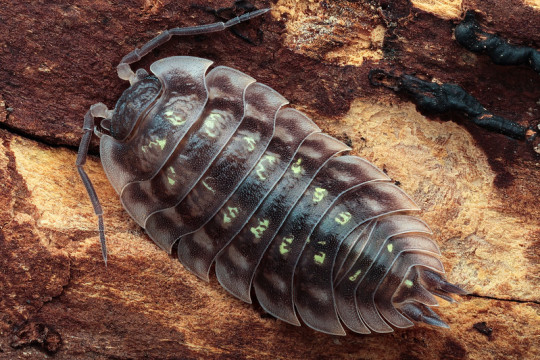
A common woodlouse (Oniscus asellus) in Belgium
by André De Kesel
#common woodlouse#woodlice#isopods#pillbugs#crustaceans#oniscus asellus#oniscus#oniscidae#isopoda#Malacostraca#crustacea#arthropoda#wildlife: belgium
98 notes
·
View notes
Text

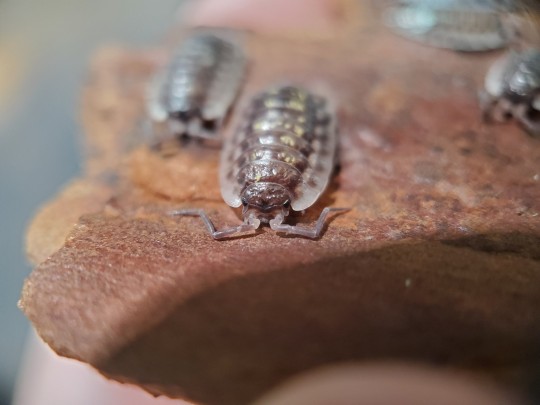

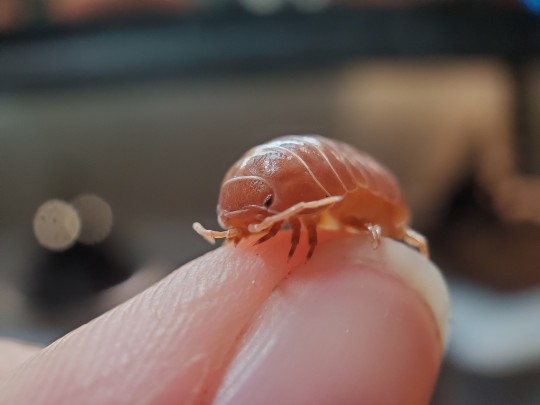
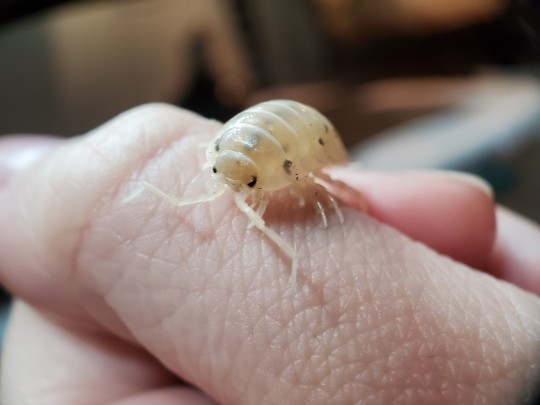
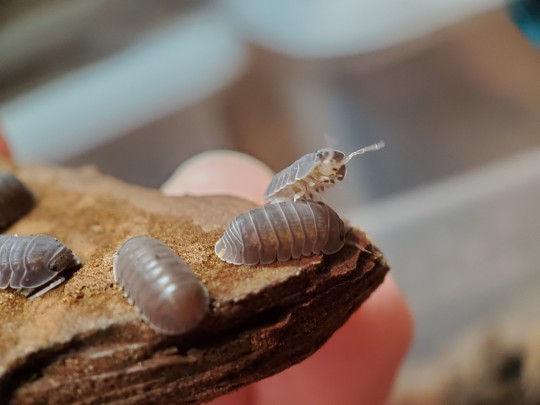
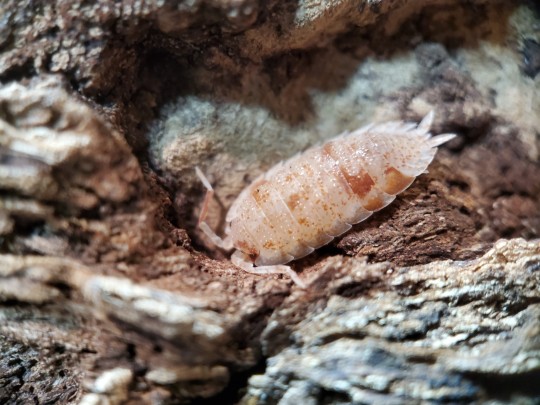


Little guys
#porcellionides pruinosus#Oniscus asellus#Cubaris panda king#Armadillidium vulgare#porcellio laevis#Cubaris murina#Porcellio scaber#Porcellio laevis again (diff morph than the other)#Hyloniscus (?)#isopod#bug#insect#← I know they're not but shhhh#invertebrate#bugblr#invertblr
95 notes
·
View notes
Text


checking on the pods is finally done. the P. scaber seem to be good and had lots of babies. however i could not find my beloved O. asellus Surprise or Dragon, or the T. rathkii Peanut Butter, and some might be hiding in the wood, but they might have died 😔 so many so close together makes me worry, but their many babies seem to be feeling great. The only adults in there right now are Winter and Wyvern the O. asellus and Jelly the T. rathkii. however, all is not lost... it appears that at long last, there are some piebald baby O. asellus in the tub 🥹 but erm, how much do bugs care about inbreeding?... i have not found any more of that species here to add to the colony 😬
7 notes
·
View notes
Note
My theory is that you have several terrariums of isopods that you keep
I fucking wish :3
Sadly I have to go to the forest and turn over rocks and logs to get my isopods, like some cavewoman :3
#it speaks#isoposting#the bad thing about this is that I only get porcellio sp. and the odd armadillidium sp.#and the prolific oniscus asellus#I would really like to see some aquatic ones someday (like a. aquaticus) :3#I did see some pretty strange transparent fellas last summer#idk what they could be :3#they're very small#which kinda makes me think trichorhina#but it's definitely not their habitat here#so it might have been some isobabies#but anyway :3#rant over lol#:3#actually!#I'm not complaining about seeing common isospecies :3#I actually really love them :3
6 notes
·
View notes
Text
Sometimes, when you're feeling down, the forest sends its biggest and shiniest woodlouse into your house for you to pick up and look at as it curiously explores your hand while you get the door open to let it back outside, and then you feel just a little better.
#it was a very pretty woodlouse#and the biggest one I've seen in a long time#most likely a large adult oniscus asellus#a nice little visit from a forest neighbour#kreft rambles
7 notes
·
View notes
Text
Poddy paradise :)
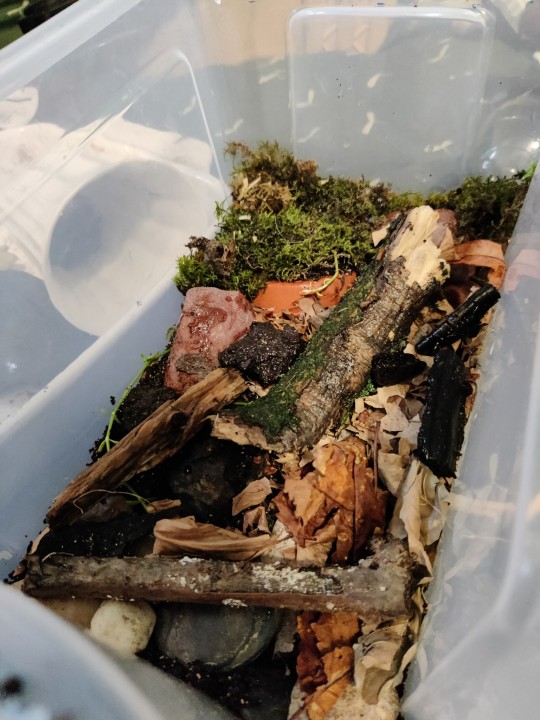
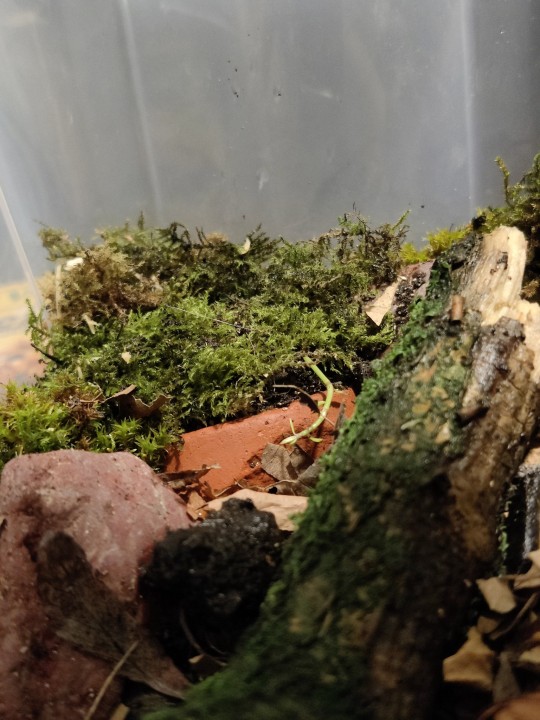
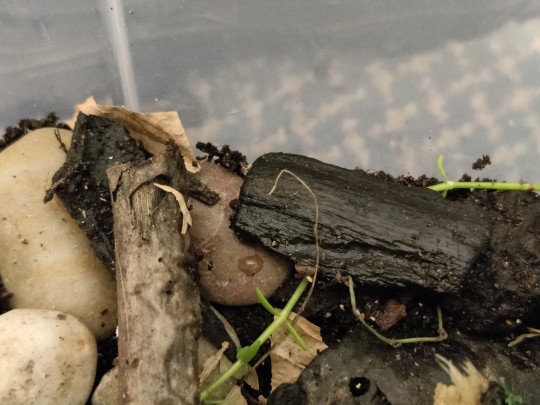

They be shy. (ignore the armadillidum on underside HE IS NOT SUPPOSED TO BE IN THIS TANK)
13 notes
·
View notes
Text
Starting up an Oniscus asellus culture again and was reminded of an interesting pattern. The lighter color individuals seem to have a higher mortality rate and generally poorer health. Back when I first tried to breed the blonde morph, I never got any babies out of them and they slowly declined until I added them back to the main culture where they all eventually perished. Tonight, one of the lighter individuals I collected perished in the collection cup after a few hours, whereas the rest are fine.
Is it a coincidence or is the color linked to a health issue? If there is a link, why are healthy looking blonde adults such a constant fixture in the wild populations?
#oniscus asellus#o. asellus blonde.proj#hoping it's my brain making unnecessary connections bc i still hope to isolate them someday
4 notes
·
View notes
Text
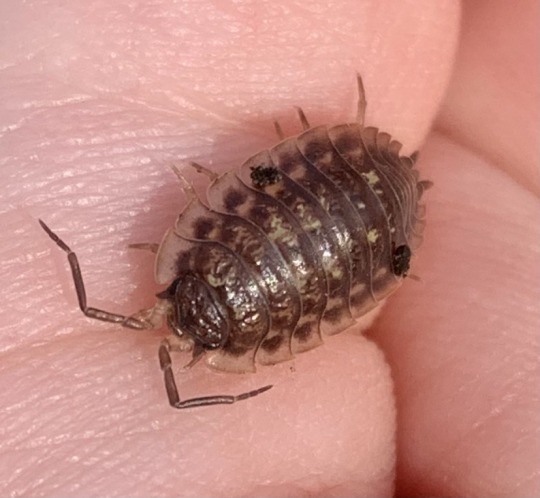
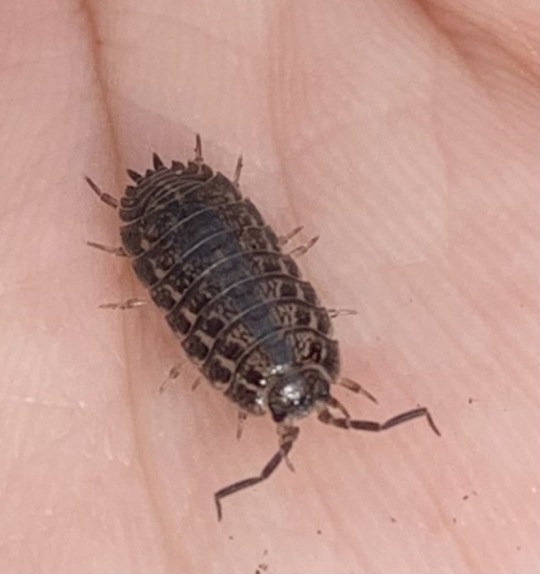
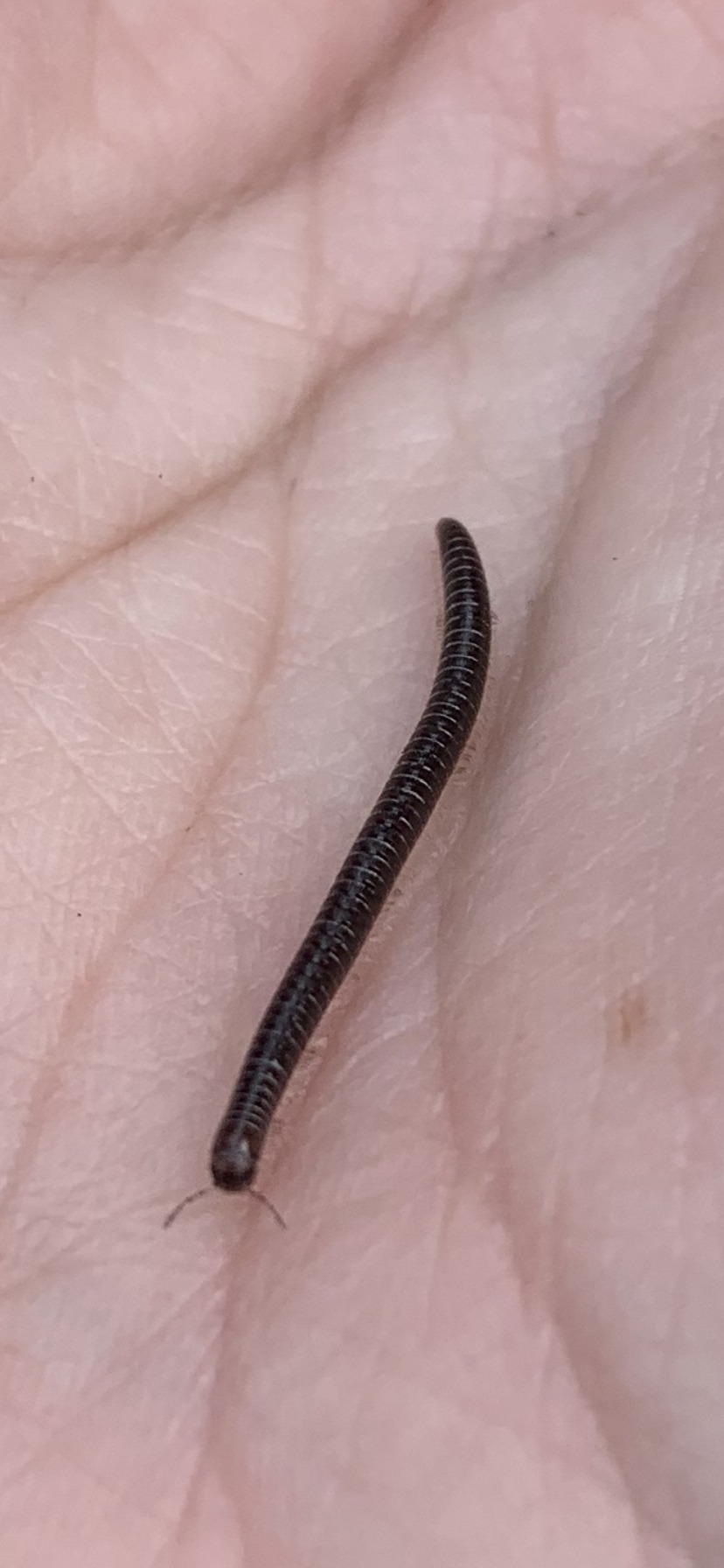
Met some friends in the woods today!
2 notes
·
View notes
Text

here is Winter my wild-caught pied O. asellus :3 i love her so much!!! i have a bunch of isopods but i recently took this pic of her <3

Hello I want to see your BUG pets please reblog with pics of them thank you
*THIS IS FOR BUGS. INVERTEBRATES. Save your cats for another post. Thank you :)
3K notes
·
View notes
Text

Wild type Oniscus asellus, they've been busy eating daisy petals all afternoon 😋
0 notes
Text

Oniscus lusitanus
16 notes
·
View notes
Text


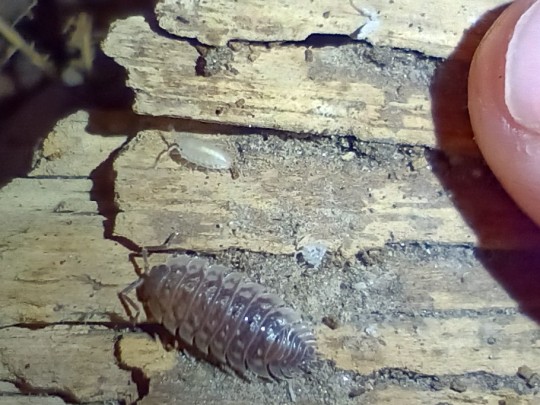

the little batch of precious piebald babies 🥹 also one solid white baby??? i am interested to see if that's its true color when it grows up!

There are also lots of normal juveniles. i suppose i will let them stick around and breed for a while in case they are carrying the piebald gene too.
#g postin#bugs#isopods#oniscus asellus#im not using the fancy morph names btw if its got white patches its pied to me okay?
6 notes
·
View notes
Text
Not sure on the first two pods second might be P. scaber, but the next is an Oniscus asellus and then several Porcellio spinicornus I beeleaf. Plus some friends!








top 10 rotting logs
9 notes
·
View notes
Note
have you ever heard of olms? they’re very interesting creatures and even look a bit like axolotl’s!
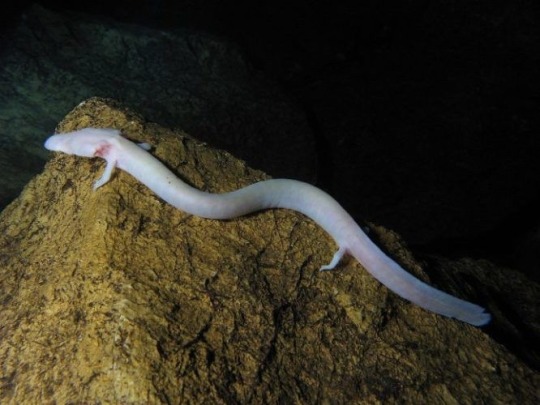
they can live a lot longer than axolotl’s and surprisingly aren’t related to them. they are blind and are endangered. It has the longest lifespan of any amphibian, often living to over 70 in zoos, and with a predicted maximum age of over 100. Their reproductive cycle can change depending on their environment, they will lay eggs if it’s warmer and give birth to live young if it’s colder. Olms live in well-oxygenated underground waters with a typical, very stable temperature of 8–11 °C (46–52 °F), infrequently as warm as 14 °C (57 °F). There have also been observations in northeastern Italy where they swim to the surface in springs outside the caves, even in daylight, where they occasionally feed on earthworms. The black olm may occur in surface waters that are somewhat warmer. The olm swims by eel-like twisting of its body, assisted only slightly by its poorly developed legs. It is a predatory animal, feeding on small crustaceans (for example, Troglocaris shrimp, Niphargus, Asellus, and Synurella amphipods, and Oniscus asellus), snails (for example, Belgrandiella), and occasionally insects and insect larvae (for example, Trichoptera, Ephemeroptera, Plecoptera, and Diptera). It does not chew its food, instead swallowing it whole. The olm is resistant to long-term starvation, an adaptation to its underground habitat. It can consume large amounts of food at once, and store nutrients as large deposits of lipids and glycogen in the liver. When food is scarce, it reduces its activity and metabolic rate, and can also reabsorb its own tissues in severe cases. Controlled experiments have shown that an olm can survive up to 10 years without food.
"That is so fascinating!!, I love learning about new sea creatures!!.. and new things!!.. Olms sound so fun to hang around with!.. do you think their favorite games would be sea chess!?.."

"Are you sure, they aren't just a long axolotl?.. they look like one to me!.."

"They're not related to me, Sam!.. but I'm sure it'd be silly if I had a cousin that was a Olm!!.." "I don't get it still.." "This is why I like teaching you about things!!!, you silly sea anemone!!"
(This was a fun ask to answer!, poor Sam.. he doesn't process info as well as Kinito!!.. :D) - Mod Soni
#kinitopet#kinito my beloved#usb!kinitopet#kinito au#usb!kinito#usb!kinito au#kinito the axolotl#kinito pet#kinito#kinitopet fanart#usb!sam#kinito fanart#kinitopet ask blog#sam kinitopet#kinitopet au#kinitopet my beloved#kinitopet art#sam the sea anemone#ask answered#sea facts!#we love sea facts here!!#sam x kinito#kinito x sam#kinitopet sam
65 notes
·
View notes
Text
My dream isopods
(species below the cut)


Armadillidium Maculatum Zebra. “Zebra”
Armadillidium Gestroi “Yellow spotted isopods”
Armadillidium vulgare "Gem"
Armadillidium nasatum "Nosy pill"
Armadillidium klugii "Clown Isopods"
Porcellio Pruinosis (Orange/Powder Orange/White Out/Oreo Crumble/Red Koi/Powder Blue/Orange cream)
Porcellio scaber "Rosy Woodlouse"
Porcellio ornatus "Yellow Dot"
Porcellio scaber "Lava"
Porcellio scaber "Dalmatian"
Oniscus asellus "Mardi Gras"
Armadillidium sp. Cookies and Cream
cubaris sp. white ducky
Porcellio laevis "Dairy Cow"
Porcellio expansus
Cubaris murina "Little Sea"
Cubaris murina "Papaya Isopods"
Cubaris sp. "Bumblebee"
Cubaris sp. "Blue Lemon"
Cubaris sp. "Jupiter"
Nesodillo archangeli "Shiro Utsuri"
Armadillidium vulgare "Orange Vigor"
Armadillidium vulgare "Magic Potion"
Cubaris sp. "Rubber Ducky"
Cubaris sp. "Panda King"
Porcellio werneri “Greek Shield Isopod”
Porcellio scaber "Scarlet Isopods"
Porcellio bolivari " Skeleton"
Cubaris sp. "Ember Bees"
Dwarf Cubaris sp. "White Shark Isopods"
Cubaris sp. "cappuccino
Cubaris spec. “Caramel”
cubaris murina
Cubaris sp. “Thai”
Merulanella sp 'Starsky'
Porcellio Ornatus 'Tangerine Dream'
Cubaris sp. "Red Panda"
Porcellio scaber "Orange Dalmatian"
Cubaris sp. “Caramel cream”
Cubaris sp. “Latte”
Cubaris sp. “Rusty”
Cubaris sp. “Shrubs dream”
Cubaris sp. “Snow bee”
White ducky
Greater clown isopod
#isopod#rolly polly#pill bug#pet isopods#isopodblr#insect#insects#insectblr#photography#pets#bugs#bugblr
25 notes
·
View notes
